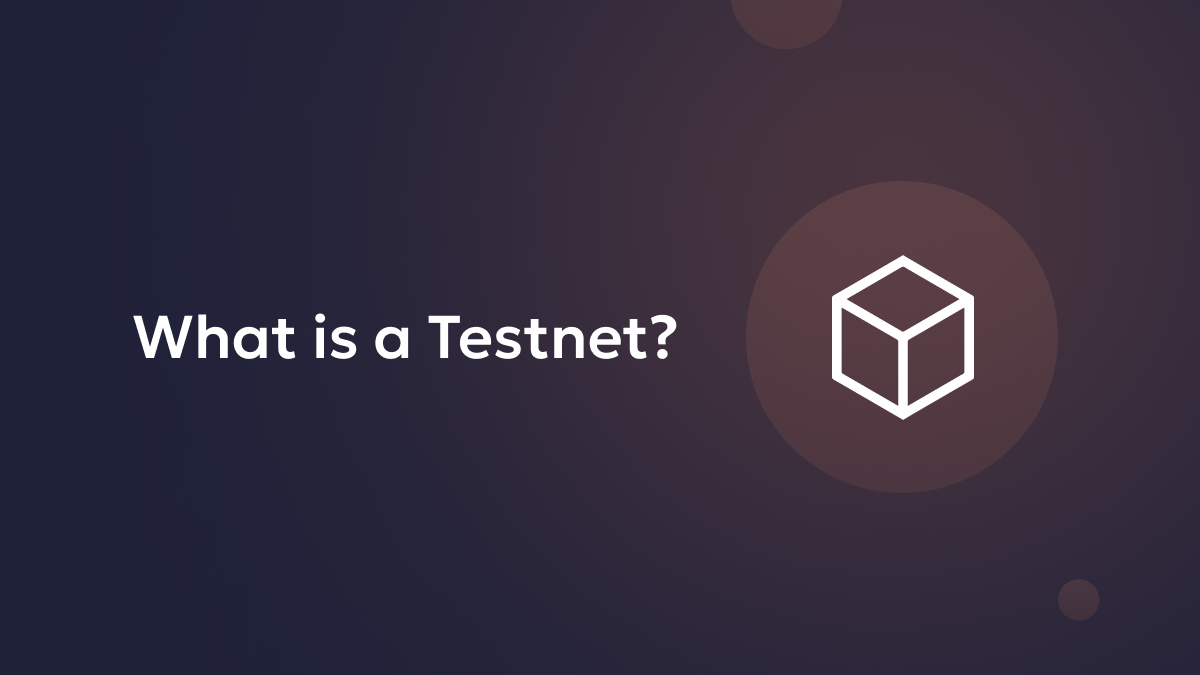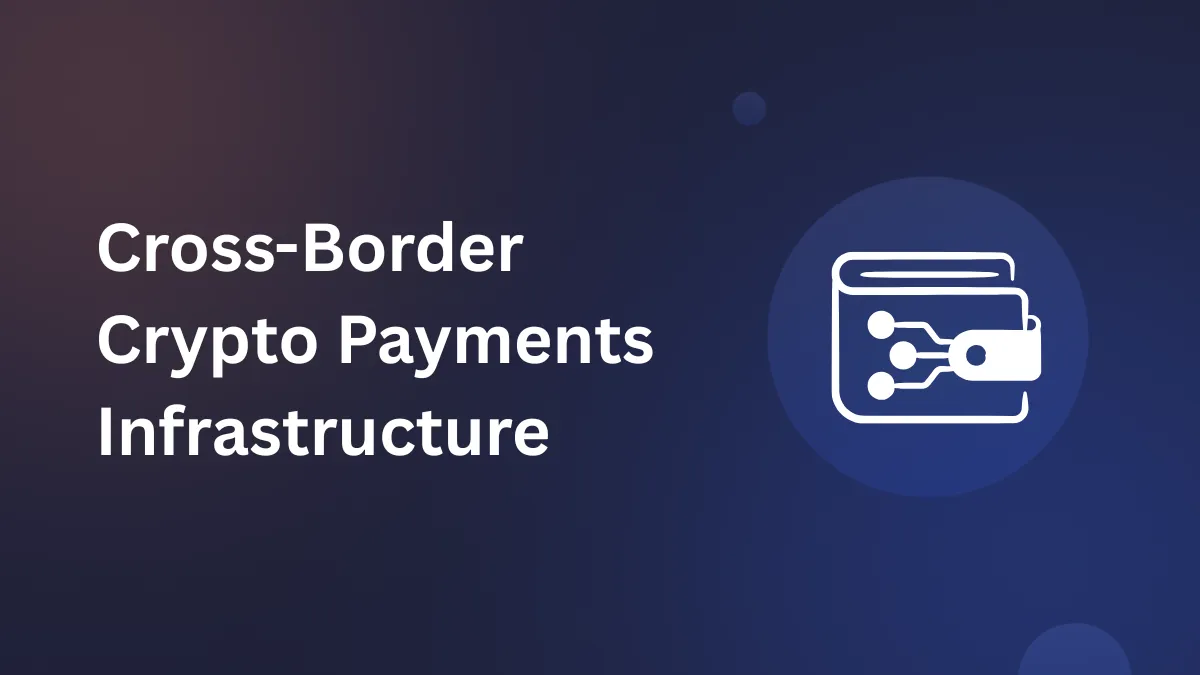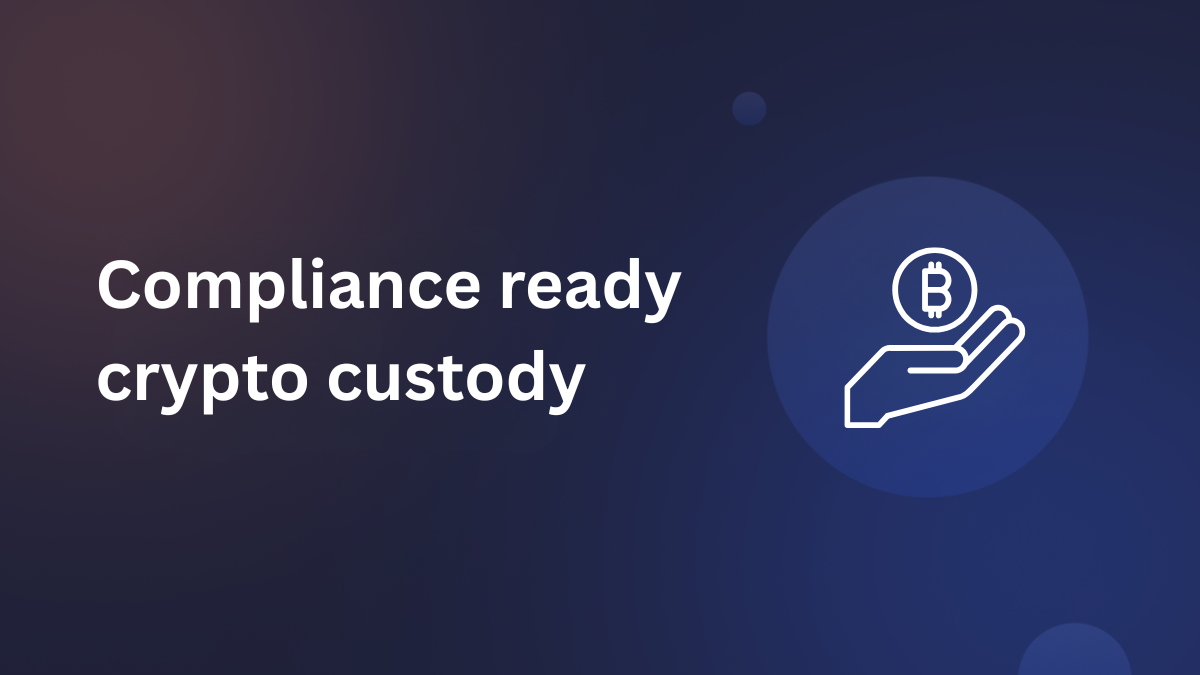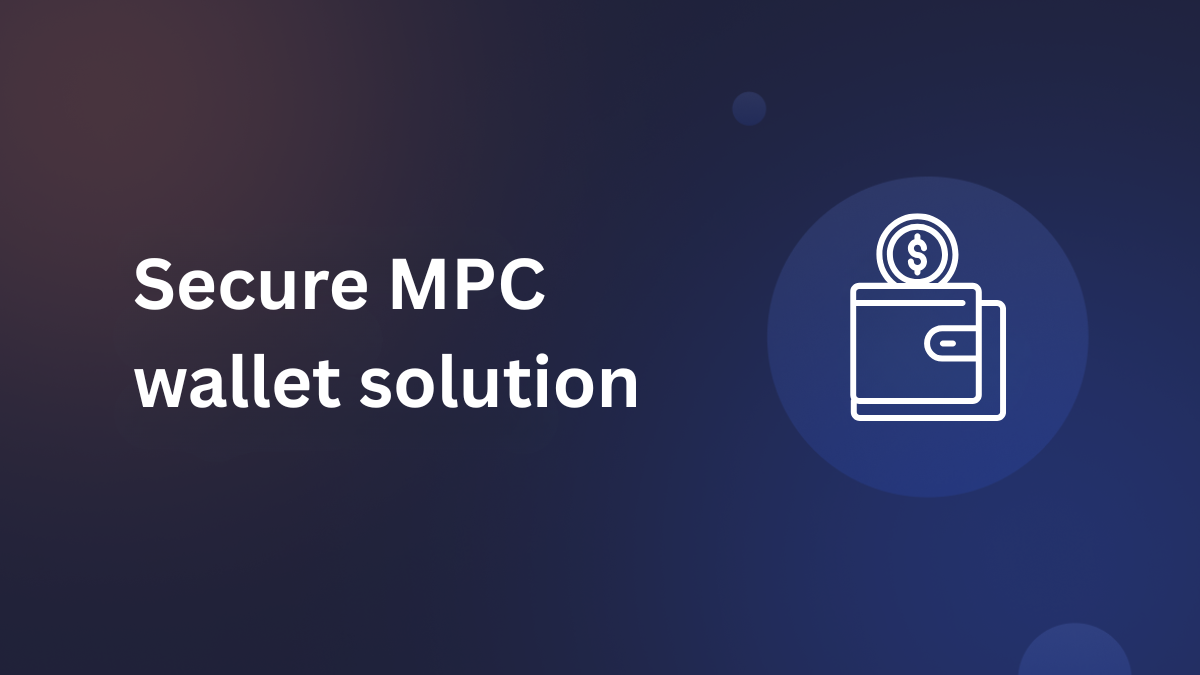A testnet, short for “test network,” is a crucial component in the world of blockchain technology and cryptocurrencies. It serves as an alternative blockchain network that mirrors the functionality of the main blockchain (known as the mainnet) but operates in a controlled, risk-free environment. This parallel network allows developers, researchers, and users to experiment, test, and refine various aspects of blockchain technology without the fear of losing real assets or disrupting the actual blockchain ecosystem.
Key Features of Testnets:
- Isolation from the Main Network:
Testnets operate independently from the mainnet, ensuring that any activities, experiments, or potential errors have no impact on the actual blockchain. This separation is crucial for maintaining the integrity and stability of the main network while allowing for innovation and development.
- Use of Valueless Tokens:
Testnet tokens, often referred to as “play money” or “test coins,” have no real monetary value. This characteristic prevents accidental financial losses during testing and allows users to freely experiment without economic consequences.
- Regular Updates:
Testnets are frequently updated to mirror the conditions of the mainnet. This synchronization helps prepare developers and users for upcoming changes or upgrades to the main network, ensuring a smooth transition when new features are implemented.
- Accessibility:
Testnets can be either public or private. Public testnets are open to anyone interested in participating, while private testnets are restricted to a select group, often used by organizations for internal testing and development.
- Consensus Mechanisms:
Like their mainnet counterparts, testnets employ various consensus mechanisms such as Proof of Work (PoW) or Proof of Stake (PoS). This allows for accurate simulation of the real network’s behavior and performance.
- Faucets:
Most testnets provide faucets, which are services that distribute free testnet tokens to users. These faucets enable developers and testers to acquire the necessary resources for conducting their experiments and tests.
- Quick Transaction Confirmations:
Due to lower network congestion and reduced computational requirements, testnet transactions often confirm more quickly than on the mainnet. This rapid feedback loop accelerates the testing and development process.
- Reset Capability:
Testnets can be reset to their genesis block (the first block in the chain) when necessary. This feature allows for iterative development and troubleshooting, providing a clean slate for testing new concepts or resolving complex issues.
Why are Testnets Important?
The importance of testnets in the blockchain ecosystem cannot be overstated. They serve several critical functions that contribute to the overall health, security, and advancement of blockchain technology:
- Risk-Free Experimentation:
Testnets provide a safe environment for developers to push the boundaries of what’s possible with blockchain technology. They can implement new features, test novel concepts, and explore innovative solutions without the fear of causing irreversible damage or financial loss.
- Quality Assurance:
Before deploying smart contracts or decentralized applications (dApps) on the mainnet, developers can thoroughly test their code on the testnet. This process helps identify bugs, security vulnerabilities, and performance issues, ultimately leading to more robust and reliable blockchain applications.
- Network Upgrades:
When major upgrades or protocol changes are planned for a blockchain network, testnets allow developers and node operators to test these changes in a controlled environment. This testing phase helps identify potential issues and ensures a smoother transition when the upgrades are implemented on the mainnet.
- Education and Training:
Testnets serve as valuable educational tools for newcomers to blockchain technology. They provide a hands-on learning experience where individuals can interact with blockchain systems, create transactions, and deploy smart contracts without the pressure of using real assets.
- Community Engagement:
Public testnets often foster a sense of community among developers, researchers, and enthusiasts. They provide a platform for collaboration, knowledge sharing, and collective problem-solving, which drives innovation in the blockchain space.
- Performance Benchmarking:
Testnets allow developers to measure and optimize the performance of their applications under various network conditions. This benchmarking helps in fine-tuning applications for better efficiency and scalability.
- Regulatory Compliance:
In some cases, testnets can be used to demonstrate compliance with regulatory requirements. They provide a controlled environment where regulators can observe and evaluate blockchain systems without interfering with live networks.
Notable Testnets:
Several prominent blockchain networks maintain their own testnets, each serving specific purposes within their respective ecosystems:
- Ethereum Testnets:
– Goerli: A proof-of-authority testnet that closely mimics the Ethereum mainnet.
– Sepolia: A proof-of-work testnet that serves as an alternative to Goerli.
– Rinkeby: A legacy testnet that is being phased out but still used by some developers.
- Binance Smart Chain Testnet:
This testnet allows developers to experiment with smart contracts and dApps compatible with the Binance Smart Chain ecosystem.
- Polygon Testnets:
Polygon (formerly Matic Network) maintains multiple testnets for its layer-2 scaling solution, enabling developers to test applications built on top of Ethereum.
- Arbitrum Testnets:
– Arbitrum Goerli: A testnet for the Arbitrum layer-2 scaling solution.
– Stylus: A specialized testnet for testing Arbitrum’s Stylus platform, which allows developers to write smart contracts in languages other than Solidity.
- Bitcoin Testnets:
– Testnet: The primary Bitcoin testnet, used for testing Bitcoin implementations and applications.
– Signet: A more centralized Bitcoin testnet that offers more predictable block times.
- Solana Testnet:
Solana’s testnet provides a platform for testing high-performance blockchain applications and smart contracts.
Best Practices for Using Testnets:
To maximize the benefits of testnets, developers and users should adhere to certain best practices:
- Regular Testing: Conduct thorough and regular tests on the testnet before deploying any code to the mainnet.
- Simulate Real-World Conditions: Try to replicate mainnet conditions as closely as possible during testing to identify potential issues.
- Keep Testnet Tokens Separate: Never mix testnet tokens with real assets to avoid confusion and potential loss.
- Participate in Community Testing: Engage with the broader developer community to participate in coordinated testing efforts, especially for major network upgrades.
- Document Testing Processes: Maintain detailed records of testing procedures and results for future reference and improvement.
- Stay Updated: Keep abreast of changes and updates to the testnet, as they often precede similar changes on the mainnet.
- Security Mindset: Treat testnet security with the same level of importance as mainnet security to develop good habits and identify potential vulnerabilities.
Conclusion
Testnets are an indispensable tool in the blockchain ecosystem, providing a risk-free environment for testing, experimentation, and innovation. They play a crucial role in the development and quality assurance of blockchain applications, helping to detect errors, system issues, and potential vulnerabilities before deployment on the mainnet. By facilitating a safe space for learning, collaboration, and refinement, testnets contribute significantly to the advancement and maturation of blockchain technology. As the blockchain landscape continues to evolve, the importance of testnets in ensuring robust, secure, and efficient blockchain systems cannot be overstated.







